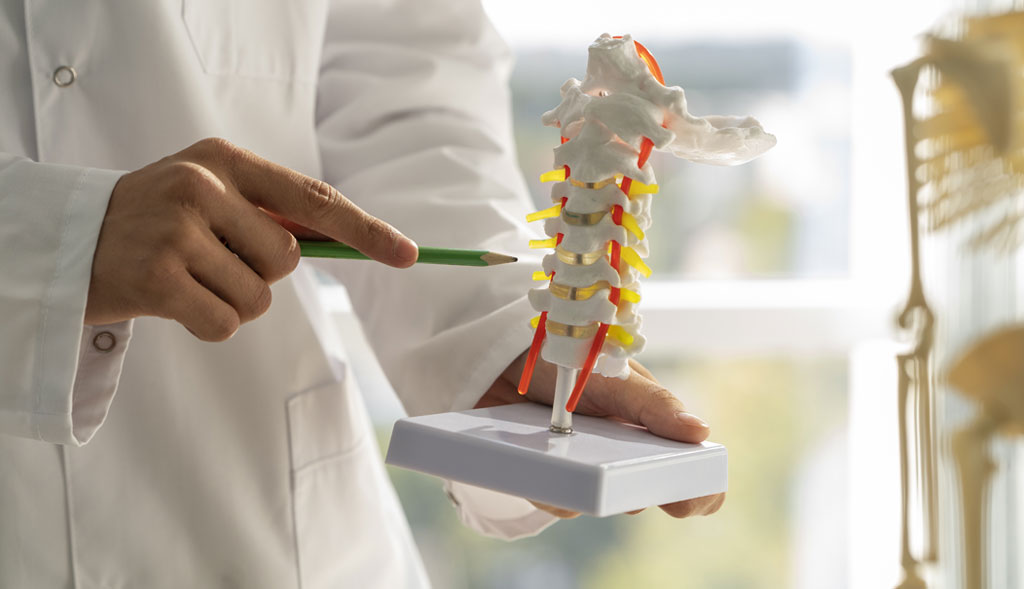
A condition characterized by weak and brittle bones, Osteoporosis increases the risk of fractures. While primary osteoporosis is often associated with aging and hormonal changes, secondary osteoporosis results from some medical conditions or medications. Understanding and detecting secondary osteoporosis is crucial for effective treatment and its management. One of the most advanced tools for diagnosing it is the Dual-Energy X-ray Absorptiometry (DEXA) scan. We, at Eastern Diagnostics, will explore how DEXA scans help you understand secondary osteoporosis.
Understanding Secondary Osteoporosis
Secondary osteoporosis occurs owing to underlying medical conditions or use of certain medications that affect bone health. While primary osteoporosis is linked to natural bone loss over time, secondary osteoporosis can develop at any age and often has a more complex origin, Common causes include:
Chronic Diseases such as rheumatoid arthritis, hyperthyroidism and diabetes.
Medications like glucocorticoids, anticonvulsants, and certain medicines required for cancer treatments.
Nutritional Deficiencies like vitamin D and calcium deficiency.
Lifestyle Factors such as excessive alcohol consumption, and smoking.
Identifying the cause is the first step towards effective treatment and this is where DEXA scans play a vital role.
How DEXA Scans Work
DEXA scans are non-invasive, quick and highly accurate. They measure bone mineral density (BMD), which is a critical indicator of bone strength and health. The procedure involves:
Preparation: The patient lies down on a table and the DEXA machine scans specific areas, usually the hip and spine, where fractures are most likely to occur.
Imaging: The machine emits two X-ray beams at different energy levels. The amount of X-ray absorbed by the bones is measured to calculate BMD.
Analysis: The data is analysed to produce a T-score and a Z-score. The T-score compares the patient’s bone density to that of a healthy young adult, while the Z-score compares it to others of the same age, gender and size.
Benefits of DEXA Scans
Accurate Diagnosis: DEXA scans provide precise measurements of bone density, helping in the early detection of bone loss. This is crucial for secondary osteoporosis, where early intervention can significantly improve results.
Identify Underlying Conditions: By evaluating bone density, DEXA scans can pinpoint whether bone loss is due to secondary causes. A rheumatoid patient on long –term glucocorticoid treatment, showing decreased bone density, would need additional treatment to protect bone health.
Monitor Treatment Efficacy: Regular DEXA scans can track changes in bone density over time, allowing health care providers to assess the effectiveness of treatments and make necessary adjustments. This is especially important for conditions like hyperthyroidism, where medication adjustments can impact bone health.
Risk Assessment: DEXA scans help in assessing fracture risk by providing a comprehensive view of bone health. The information is vital a treatment plan to prevent fractures, a common complication of osteoporosis.
Nutritional and Lifestyle Changes: The results from a DEXA scan can guide recommendations for dietary changes, supplements and lifestyle changes to improve bone health.
Role of Healthcare Providers
Healthcare providers play a vital role in managing secondary osteoporosis. By using DEXA scans they can:
Diagnose Accurately: Early and precise diagnosis through DEXA scans help in identifying secondary osteoporosis before significant bone loss can happen.
Personalized Treatment: Based on DEXA scan, treatment plans are developed to address both the underlying condition and bone loss.
Educate Patients: Understanding the importance of bone health and role of DEXA scans empowers patients to actively participate in their treatment plans.
Eastern Diagnostics always with you
Realizing the benefits of DEXA scans, Eastern Diagnostics introduced this invaluable tool for managing secondary osteoporosis. We, at Eastern Diagnostics,strongly advice the use of the scans, for early detection, diagnosis and monitoring of the condition. For those at risk of or are currently managing secondary osteoporosis, regular DEXA scans can significantly enhance treatment outcomes. Even if you suspect you might be at risk, consult a professional. Remember, we are with you to ensure. Do not hesitate to come to us, to ensure a better quality of life.
